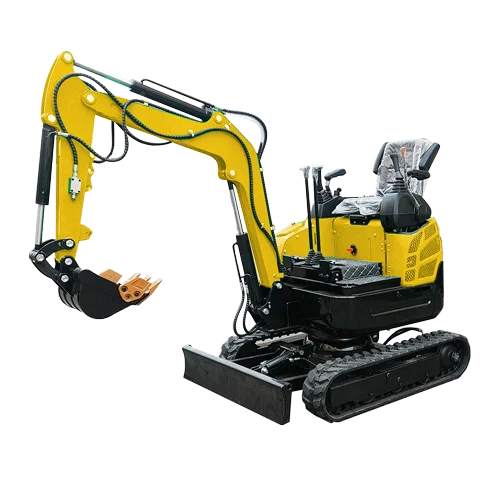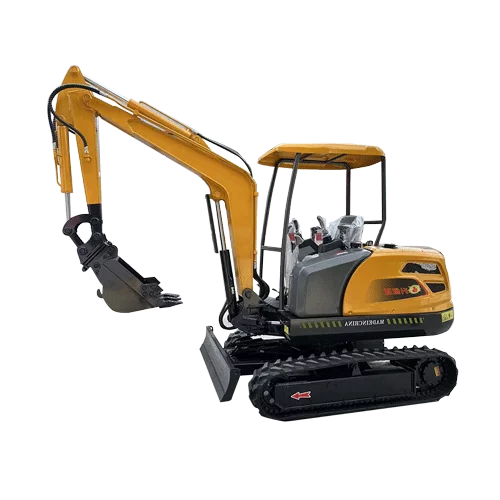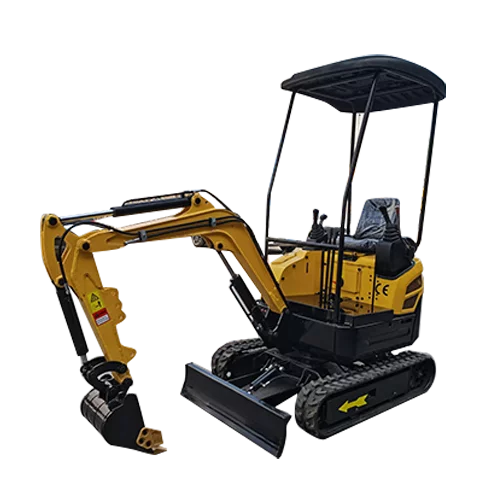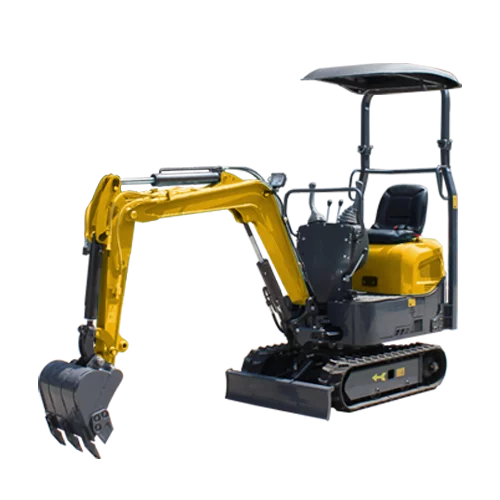Welcome to My Blog!
Before we dive into the content, I’d love for you to join me on my social media platforms where I share more insights, engage with the community, and post updates. Here’s how you can connect with me:
Facebook:https://www.facebook.com/profile.php?id=100087112105480
LinkedIn:https://www.linkedin.com/showcase/99327366/admin/dashboard/
Now, let’s get started on our journey together. I hope you find the content here insightful, engaging, and valuable.
Table of Contents
Introduction

Mini excavators come in a range of sizes, from the smallest models that weigh under 1 ton to larger machines that can reach up to 10 tons. The sizes of mini excavators are crucial because they determine the machine’s capabilities, such as digging depth, reach, and overall performance. Choosing the wrong size can lead to inefficiencies, unnecessary costs, and potential project delays. By understanding the differences between the various sizes of mini excavators, you can make a more informed decision.
In this blog post, we will provide an overview of the five most important factors to consider when selecting the right size for your mini excavator. We will also dive into the different models available in the market, helping you match the right size to your project’s requirements.
Assess the Type of Work You Will Be Doing
Matching Size to Task
One of the first things to consider when selecting the sizes of mini excavators is the type of work you plan to do. Mini excavators are versatile machines that can handle tasks such as digging, trenching, lifting, and material handling. However, the size of the machine plays a significant role in determining its efficiency for specific tasks.
For smaller, more detailed tasks like landscaping or digging narrow trenches, a smaller mini excavator (under 2 tons) is typically more suitable. These machines offer great maneuverability in tight spaces and are ideal for delicate work. On the other hand, if you’re planning to tackle heavier tasks such as lifting heavy materials or performing large-scale excavation, a larger model (6 to 10 tons) would be a better choice.
Digging Depth and Reach
When assessing the sizes of mini excavators, make sure to check the digging depth and reach of the model. Smaller mini excavators typically have a shallow digging depth and shorter reach, which makes them ideal for smaller projects. Larger models, however, offer greater reach and deeper digging capabilities, which is essential for tasks such as digging foundations or large trenches.
Consider the Terrain and Working Environment

Compact Models for Tight Spaces
The working environment is another crucial factor when determining the right size of mini excavator. For projects in tight or confined spaces—such as in urban construction or residential landscaping—smaller mini excavators are often preferred. These machines are lightweight and compact, making them easy to maneuver through narrow paths, around obstacles, or into limited access areas.
If you’re working in an open field or on a construction site with more room to maneuver, you might not need to be as concerned with size. In these cases, a mid-size or larger mini excavator can handle more demanding tasks and offer increased efficiency.
Traction and Stability
Larger models generally offer better traction and stability on uneven or challenging terrain, making them more suitable for construction sites with rough ground or where heavy lifting is required. Small mini excavators, while still versatile, may not perform as well on uneven terrain due to their lighter weight.
Evaluate the Weight and Transportability

Transporting Mini Excavators
Transporting mini excavators from one job site to another is a key consideration when selecting the appropriate size. Smaller models, generally under 2 tons, are easier to transport and often do not require special permits for hauling. These compact models are a great choice for contractors who frequently move equipment between job sites.
Larger mini excavators, weighing 6 tons or more, require a larger trailer for transportation and may involve higher transport costs. However, if you are working on a single, long-term project, the added weight and size may be worth the investment.
Storage and Maintenance
Larger mini excavators will require more storage space and more frequent maintenance due to their size and complexity. Smaller models, on the other hand, are easier to store and maintain, making them ideal for businesses or contractors with limited storage options.
Understand Fuel Efficiency and Operational Costs
Fuel Consumption by Size
Fuel efficiency is another important consideration when choosing between the sizes of mini excavators. Smaller mini excavators typically consume less fuel due to their lighter weight and smaller engines. This makes them a more cost-effective option for projects that require less intense work.
On the other hand, larger mini excavators tend to use more fuel, but they can accomplish larger tasks more quickly, which may balance out the additional fuel cost. It’s essential to consider the overall operational costs, including fuel, maintenance, and repairs, when evaluating the size of the excavator.
Think About Future Use and Versatility
Long-Term Investment
If you’re looking for a mini excavator for a specific project, it’s essential to think about how you might use the equipment in the future. Even if a small mini excavator meets your current needs, consider how well it will perform for other tasks that might arise in the future. Opting for a slightly larger size could provide additional flexibility and versatility in the long run.
Additionally, some models come with attachments and accessories that can expand the machine’s capabilities. If you plan to use the excavator for various tasks, make sure to choose a size that can accommodate a range of attachments, including buckets, augers, and hydraulic hammers.
Table: Comparison of Different Sizes of Mini Excavators
| Size (Tons) | Ideal for | Digging Depth | Reach | Fuel Efficiency | Common Uses |
|---|---|---|---|---|---|
| 0.8 – 2.0 | Tight spaces, small-scale projects | Shallow | Short | High | Landscaping, small trenching, light digging |
| 2.5 – 4.0 | Residential, medium-sized projects | Moderate | Medium | Moderate | Utility installation, small demolition |
| 5.0 – 7.0 | Heavy lifting, larger projects | Deep | Long | Moderate | Foundation work, larger trenching |
| 8.0 – 10.0 | Large-scale excavation, heavy work | Very deep | Long | Low | Construction, heavy material handling, large demolition |
Conclusion: Selecting the Right Size of Mini Excavator for Your Project

Selecting the correct sizes of mini excavators is crucial for maximizing efficiency, minimizing costs, and ensuring that the machine can handle the tasks required for your project. By considering factors such as the type of work, terrain, transportability, and operational costs, you can make an informed decision. Whether you opt for a compact model for tight spaces or a larger one for more intensive tasks, the key is to choose the size that best suits your specific needs.
By following the tips outlined in this blog, you can ensure that you select the perfect mini excavator for your next project, ultimately improving your workflow and achieving optimal results.
FAQ
What size mini excavator is best for landscaping?
For landscaping, smaller mini excavators (0.8 to 2.0 tons) are often the best choice due to their maneuverability in tight spaces and ability to perform delicate tasks such as trenching and digging around trees.
Can a small mini excavator handle large-scale excavation projects?
While small mini excavators are versatile, they may not be suitable for large-scale excavation projects that require deep digging or heavy lifting. For these tasks, a larger model (5.0 to 10.0 tons) would be more effective.
What is the average digging depth for a mini excavator?
The digging depth varies based on the size of the excavator. Smaller models typically have a depth of 5 to 7 feet, while larger models can dig as deep as 12 feet or more.
How do I transport a mini excavator?
Smaller mini excavators can often be transported using a standard trailer, while larger models may require a heavier-duty trailer and permits for transport.
Are mini excavators fuel-efficient?
Yes, mini excavators are generally fuel-efficient, especially the smaller models. They consume less fuel than larger machines, making them a cost-effective choice for smaller projects.
